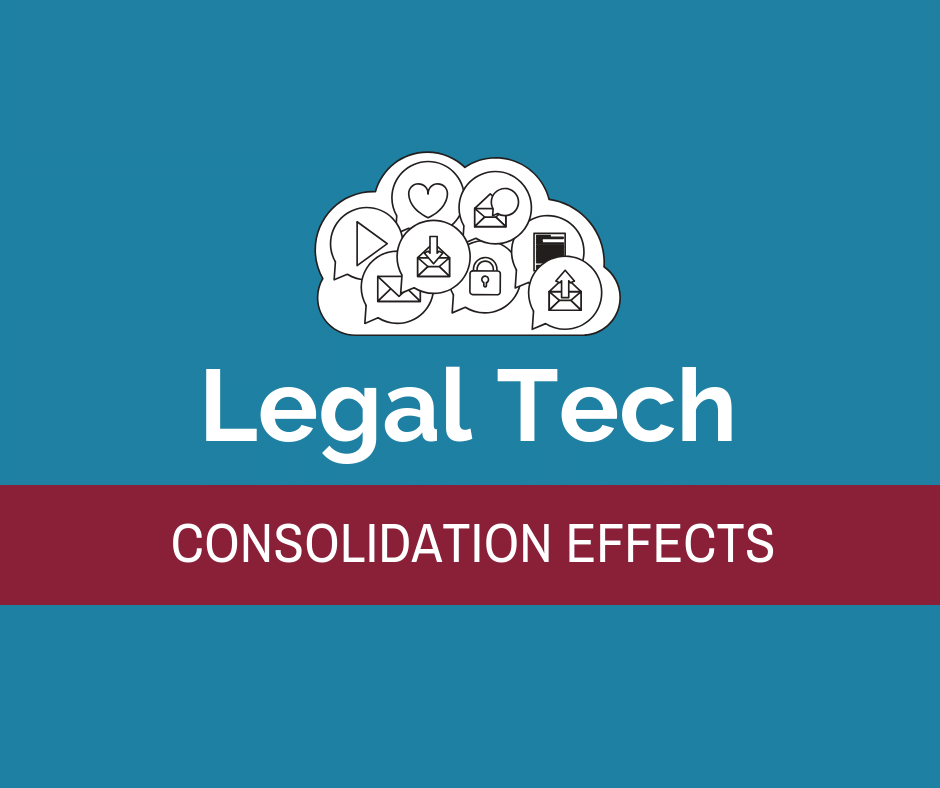How To Adopt Legal Tech
Well, it's kind of obvious we are fans of legal tech. We are founded by attorneys who saw the value of implementing technology to improve efficiency and grow their practice. Any number of resources confirm that there are many benefits of using technology to manage your law firm. So, we can all agree, it's a good idea.
We presume research on the options are complete and you have made your choices. Sure, we want to be on that list. And hey, if you are still looking around, well, you know where to find us. But we aren't focusing on that here. This is all about how you actually adopt the tech you chose.
So, how do you do it? How do you actually adopt the technology?
Commit
Whatever your impetus to decide to adopt tech, focus on it. Is it to gain efficiency? Grow the law firm? Have more balance between personal and professional time? Whatever the reason is you decided to adopt the technology, keep that in your focus. There is a reason - whether it's a problem to fix, an opportunity, or a personal goal - there is a purpose. Just like eating your veggies or getting your workouts in, commit to it for the higher reason.
Make A Plan
Focus on the end result which is easily and naturally using the technology as a regular part of your day. Then put the plan together to get there.
Identify the tasks
The presumption here is you have identified the tasks you are moving to technology. Whether it's one aspect, like time tracking, or a full case management software platform, be clear about what detailed processes will change.
Outline the change. It could be very short. So, if it's time tracking and in the past, you wrote time on a piece of paper or the back of the file folder and now you will use an app, it's a basic switch, right? But identify the detailed task. Where is the app? Is it on a persons computer, on their phone, both? When should the timer be started and stopped? When is the description added? Be clear about each and every step of the process.
From there, outline the downstream processes too. So if it's time tracking, how does that information then move to invoice creation? Even if nothing is going to change regarding the creation of the invoices, it's important to identify the downstream effects, too.
Be sure to note anticipated time savings from making the move. It's critical to make the benefits clear so that in those moments when you may not want to change the process, you remember why it's important. If it's more available time, is that to grow your firm? Spend time with your family? Whatever it is, remember to focus on those benefits.
Training
All good technology providers offer training. Take advantage of it. Look for one-to-one web based training and access to recorded training videos or write-ups. Be sure you ask all the questions you have about the technology itself.
Walk the tech provider through what you do now and how the tech is to be used to fulfill that need. The providers are clearly experts in their tools. They may have workflows or suggestions that are more applicable to your existing processes. Or, they may give you suggestions on how to adjust your processes to make the most of the technology.
Transition Open Cases... Or Not
There are two options here.
- Pull off the band-aid and just switch to the technology for all open and new cases.
- Finish open cases in your existing methods (without the new tech) and start new cases with the new tech.
We see the most success with attorneys who just pull off the band-aid. But not everyone is ready to do that. This is the shortest part of this piece, but it's a decision you need to make on your own. Moving on.
Begin
Whichever method you choose in terms of switching all open cases to the new tool or just starting new cases, just start. There will be bumps in the road, like all changes. But always keep the end goal in mind. Get through the bumps. And before you know it, you will have adopted that tech.
Other Pointers
One of the other trends we hear about from attorneys is once they have successfully adopted the tech, it's challenging to switch. Attorneys start accepting the limitations and challenges and find work arounds. Ultimately, however, it's critical to focus on the goal of the reason you chose to adopt legal technology.
Just as you add new apps to your phone, switch from one music streaming service to another, or other technology changes, it really is simple. If you choose the right provider and technology, making the switch is really quite easy. It's all about making the software intuitive to use. Simple, really.
Just figure out where the buttons are, how to add a song to your favorite playlist, and where to control the volume, it's all pretty easy.
What's holding your firm back from adopting legal tech? What functionality do you need to see before you will adopt it?


